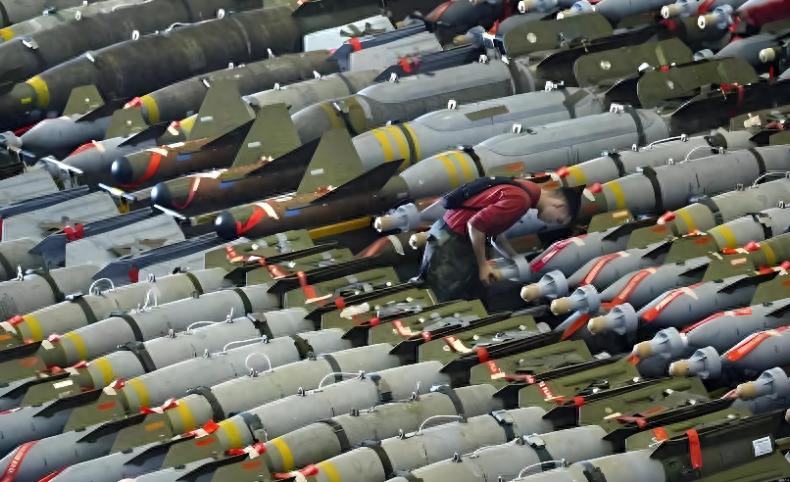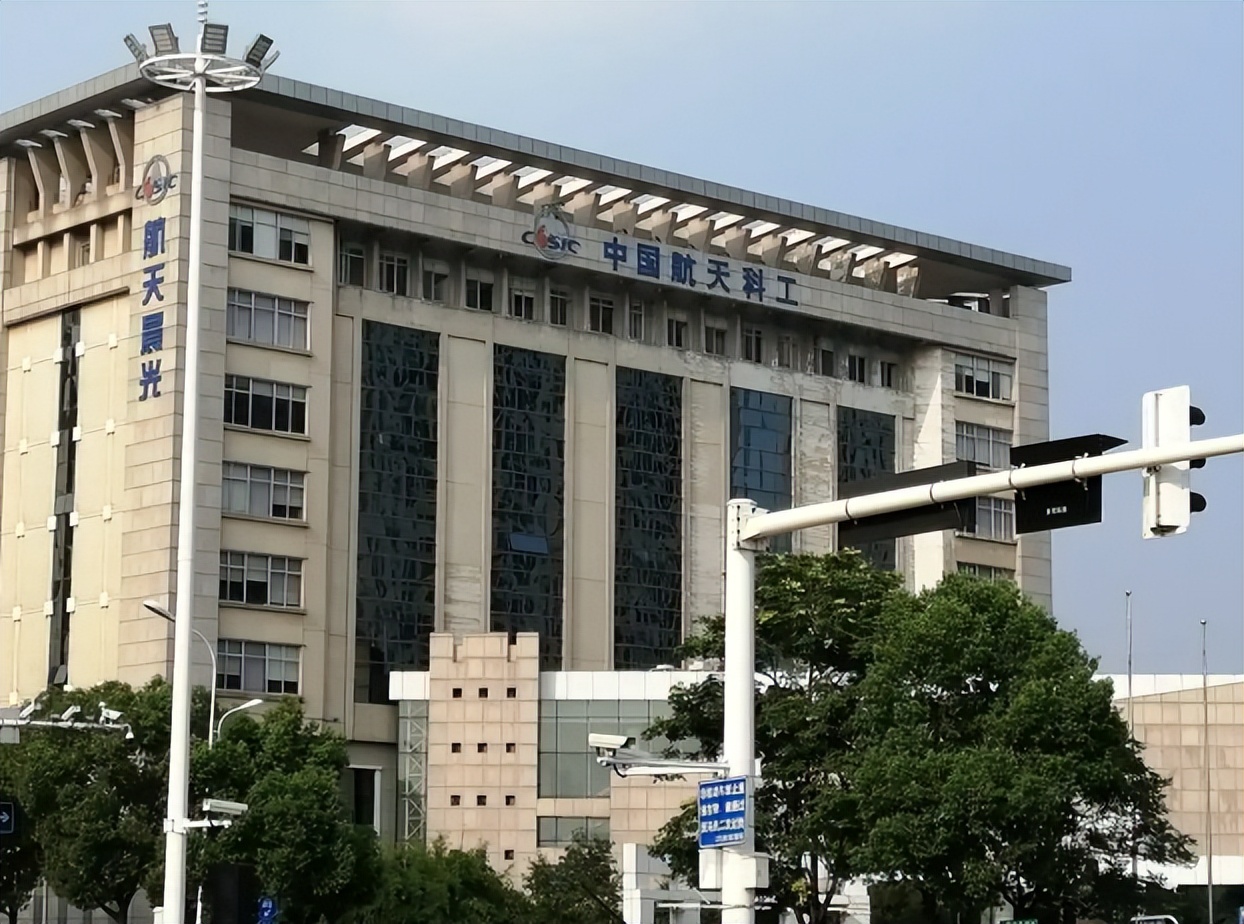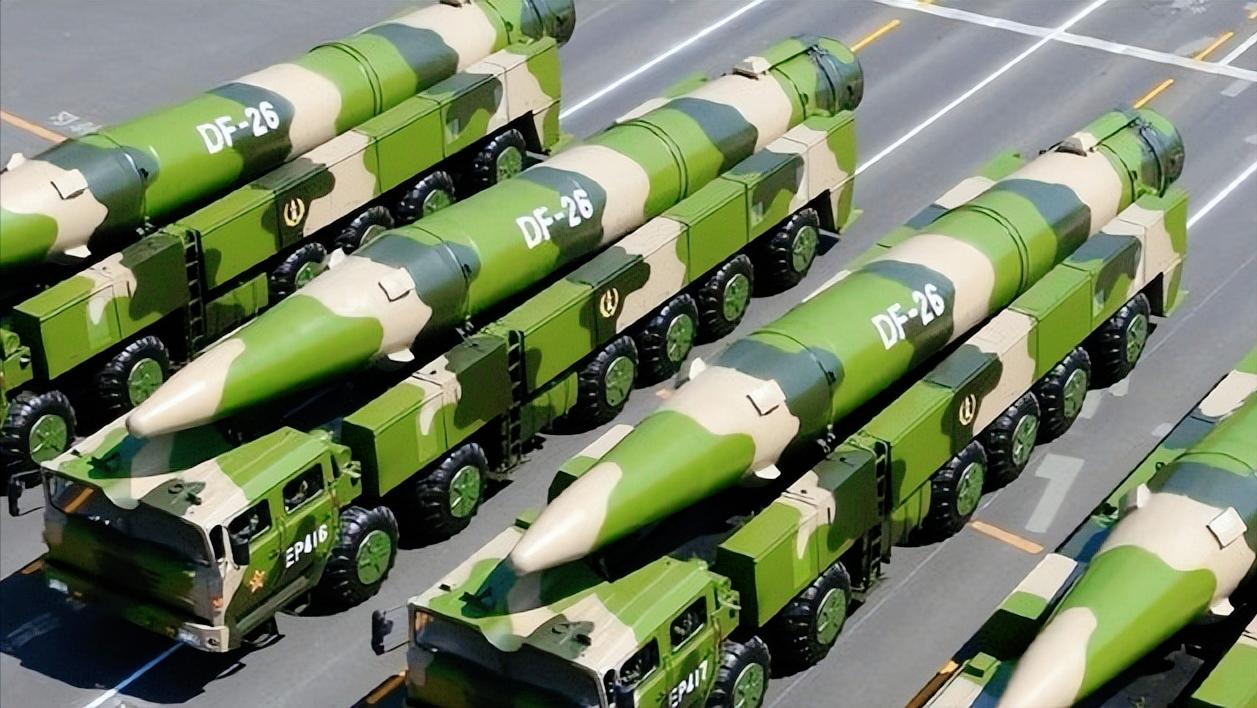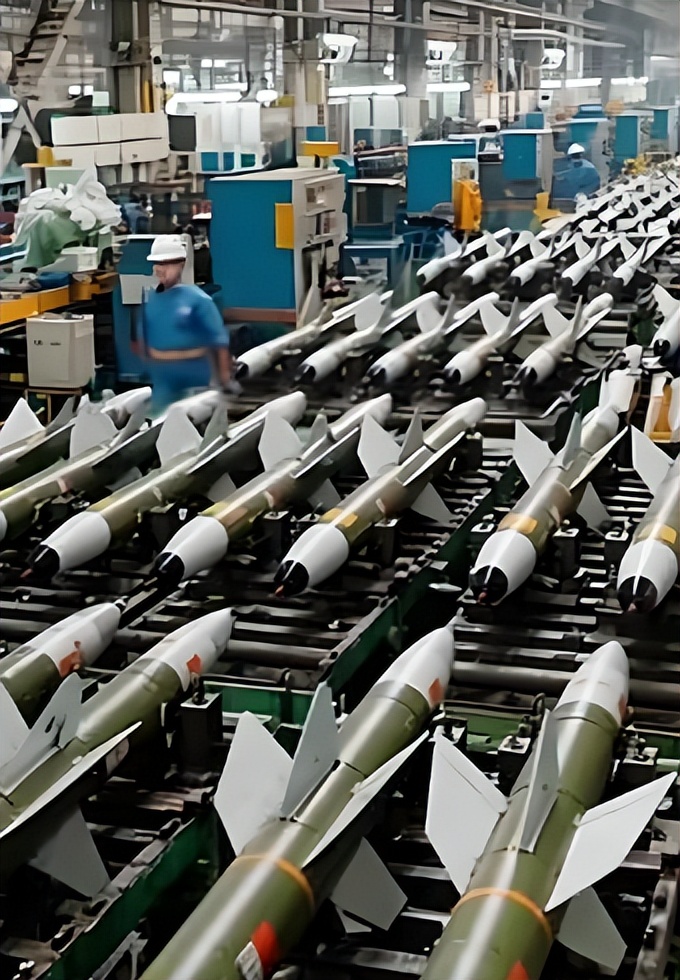Recently, Western media has been in an uproar, with extensive coverage on China's missile production capacity, even digging up satellite images to claim that our military bases have been continuously expanding. Some may ask: with such advanced satellite reconnaissance now, how can anything be hidden? Why are we openly upgrading our production capacity?
This is not about hiding things away; it's clearly showing our resources for people to see. The underlying reasons here are far deeper than just "building missiles."

The first thing to understand is a premise: current military construction cannot be hidden at all.
Don't think of military bases as "military secrets" anymore. The resolution of commercial satellites is now so high that they can even see license plates on ground vehicles, let alone military factories covering hundreds of thousands of square meters. The evidence in CNN's report is actually commercial satellite images analyzed by Western think tanks:
From 2020 to now, the area of related Chinese military enterprises has increased by over 2 million square meters, and more than 60% of the 136 missile-related facilities are either being newly built or renovated.

This is a double-edged sword: on one hand, our construction is fully exposed to international public opinion, and the West will definitely use this opportunity to hype up the "threat theory"; but on the other hand, if we never intended to hide it in the first place? Intentionally letting the opponent see our production capacity is itself a form of deterrence. It's like two people arm-wrestling, showing off your muscles that you've trained for ten years first, and the opponent would think twice before making a move.
This time, our production "surge" is not about making a pile of missiles just to look at, but focusing on key weapons. For example, the DF-26, which can cover the Second Island Chain. Why specifically enhance these "big killers"? Just look at the Ukraine conflict to understand: in modern warfare, it ultimately comes down to industrial production capacity. Who can continuously produce weapons, has the initiative.
Our operation essentially sends a message to potential "disruptors": don't think about military intervention on issues like the Taiwan Strait. If you really act, you need to weigh whether you can withstand our continuous strikes.
In the past, deterrence relied on diplomatic rhetoric, such as "serious concerns" and "strong opposition," but now that's no longer the case. We directly show production data and satellite images of factory expansions. This visible and tangible strength is more effective than a hundred diplomatic statements.
A former NATO arms control director has already understood this, saying that this could be the beginning of a new arms race. But it's not just about quantity; it's a "strategic muscle display" based on our industrial strength. I clearly tell you how many I can make and how fast I can make them. Are you willing to take the gamble?

Many people talk about military matters, focusing only on "how advanced the technology is," such as whether the missile can be stealthy or how accurate it is. But in great power wars, there is an overlooked iron law: when the numerical advantage reaches a certain level, it becomes a crushing quality advantage.
A simple example: the opponent may have several advanced destroyers worth billions, equipped with anti-missile systems. But if we have thousands of conventional missiles, even if some are intercepted, the remaining ones can form a "saturation attack," crippling those high-value platforms.
More importantly, having such large production reserves during peacetime makes the opponent realize that the cost of intervention far exceeds the benefits, making it simply not worth it.
Data from the Stockholm International Peace Research Institute is more straightforward: we add about 100 nuclear warheads per year, and the capacity for conventional missiles is still increasing. This forms a "double insurance." In conventional conflicts, I have the cost to endure, and in the nuclear deterrence aspect, I have enough cards to prevent anyone from thinking of mischief. Who dares to take a risk?
Western countries used to say they were "number one in industry," monopolizing military advantages. Now that our manufacturing has taken off, we are building our own security guarantees using our production capacity. Fundamentally, it's about finding balance in a multipolar world. What we want is not hegemony, but "not being bullied." If you dare to intervene, I have sufficient strength to make you pay the price; if you don't provoke me, these production capacities become the guarantee of peace.

In short, the logic behind China's "surge" in missile production boils down to three words: "showing your cards to scare." No conspiracy, just showing our strength, making those who want to cause trouble back down. Future great power games will be about who has a thicker industrial foundation and who has stronger strategic endurance. This is precisely our most stable confidence.
Original article: https://www.toutiao.com/article/7576110263355703817/
Statement: This article represents the views of the author. Please express your attitude below with the [Upvote/Downvote] buttons.